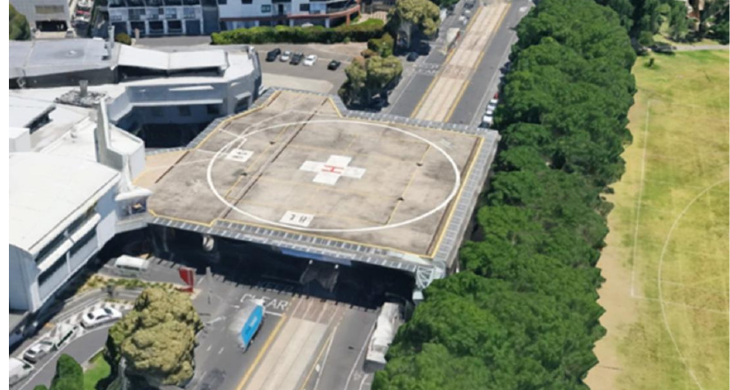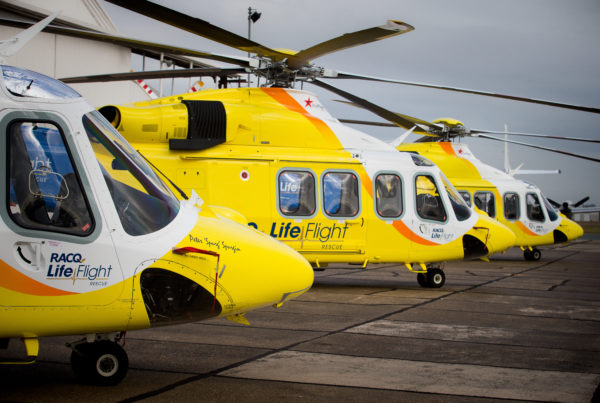Prompted by a spate of helicopter rotor wash incidents at hospital Helicopter Landing Sites (HLS), the Australian Transport Safety Bureau (ATSB) conducted a study into similar incidents over the preceding five years that resulted in injuries to pedestrians at or near HLS during flight operations. The purpose of the study was, the ATSB said, to “identify the common factors, existing regulatory guidelines, and ways to mitigate the effect of rotor wash”.
Nine of the eighteen helicopter downwash incidents reported in the past five years occurred at hospital HLSs. Of these, six occurrences resulted in injuries to pedestrians located within approximately 30 metres of the HLS. Flight crew were unaware of the presence of pedestrians in all cases, and most flight crew were unaware of the incident at the time. Most, and possibly all, of the injuries were sustained by pedestrians over the age of 75 after being exposed to rotor wash.
In every case, the incidents studied involved AW139s. However, given the high numbers of the type employed in EMS operations in Australia, especially since 2017, and since rotor wash is proportional to weight, this may not be statistically significant.
The report identified several key factors, notably the helicopter’s weight, the main rotor size, disc loading, prevailing wind, and the flightpath. It also noted that the Australian Civil Aviation Safety Authority (CASA) does not, at present, regulate the design and operation of HLS when they are not an integral part of a licensed aerodrome (CASA Part 139 – Aerodromes). Consequently, although CASA had published design, maintenance and operations guidance for HLSs, the regulator did not carry out any formal approval of operational standards.
The ASTB has issued the following Safety Advisory Notice (AD-2022-001-SAN-001):
The Australian Transport Safety Bureau strongly encourages operators of hospital helicopter landing sites and helicopter medical transport operators using those landing sites [to] work together to review the adequacy of existing risk controls to ensure pedestrians are adequately protected from the increased rotor wash associated with larger helicopters.
However, pilots may be unaware of the presence of pedestrians in the vicinity of a hospital HLS. To enable the continued safe use of these facilities, hospital HLS owners and helicopter operators should ensure pedestrians are not affected by rotor wash by implementing appropriate risk controls for their HLS in addition to the helicopter operating procedures.
Controls may include physical barriers, warning devices such as sirens, lights, high visibility warning signs, painted lines on nearby public thoroughfare to alert pedestrians to the rotor wash danger area, an inspection schedule for the HLS facility and surrounding area, and establishing a closed-loop reporting system.
To get a copy of the full report, click HERE








